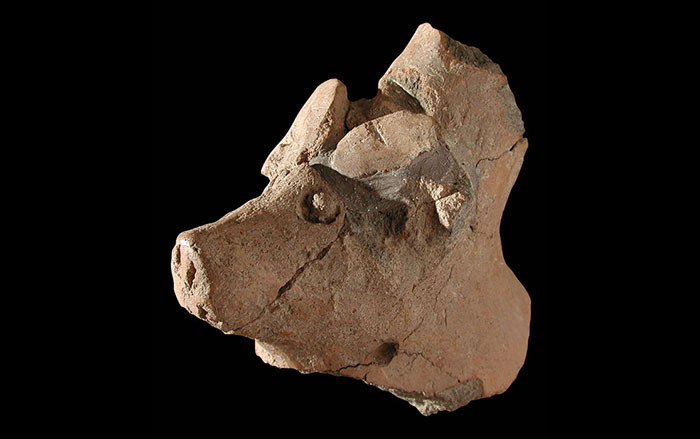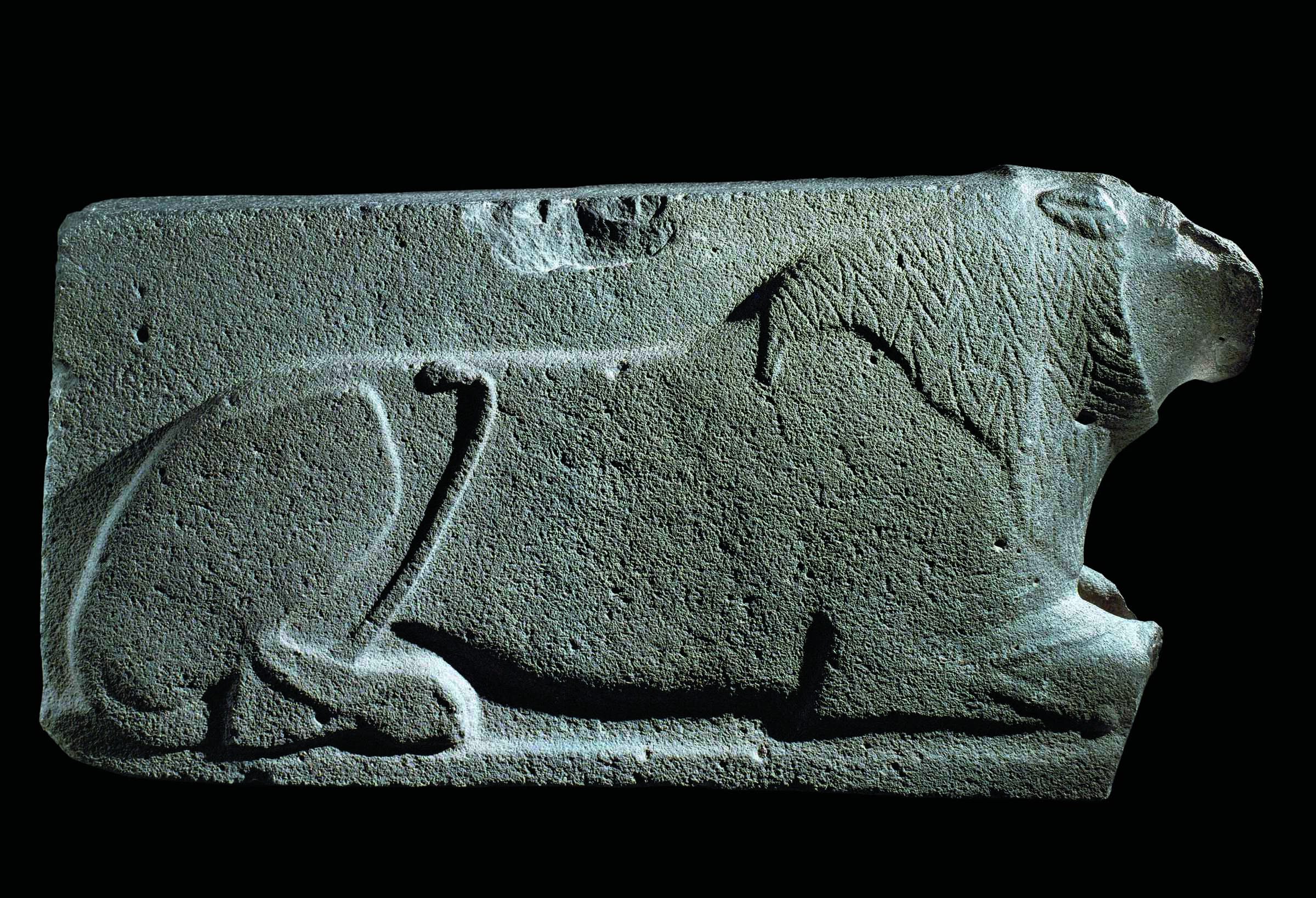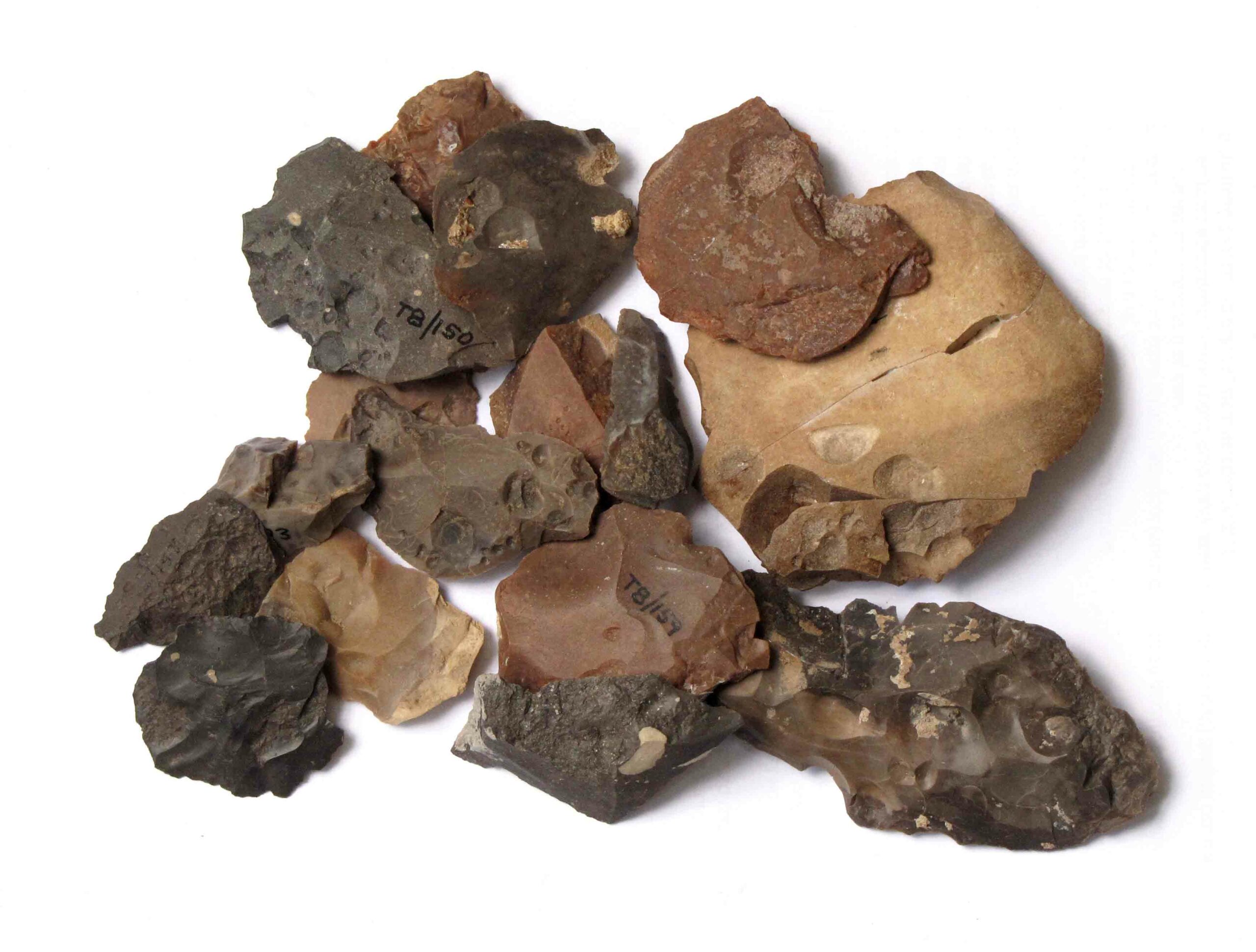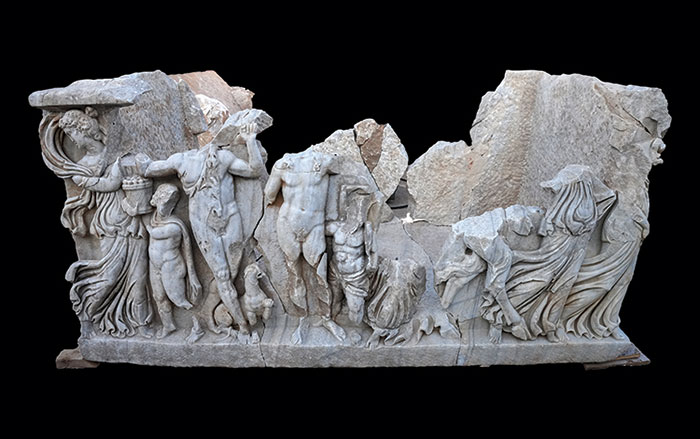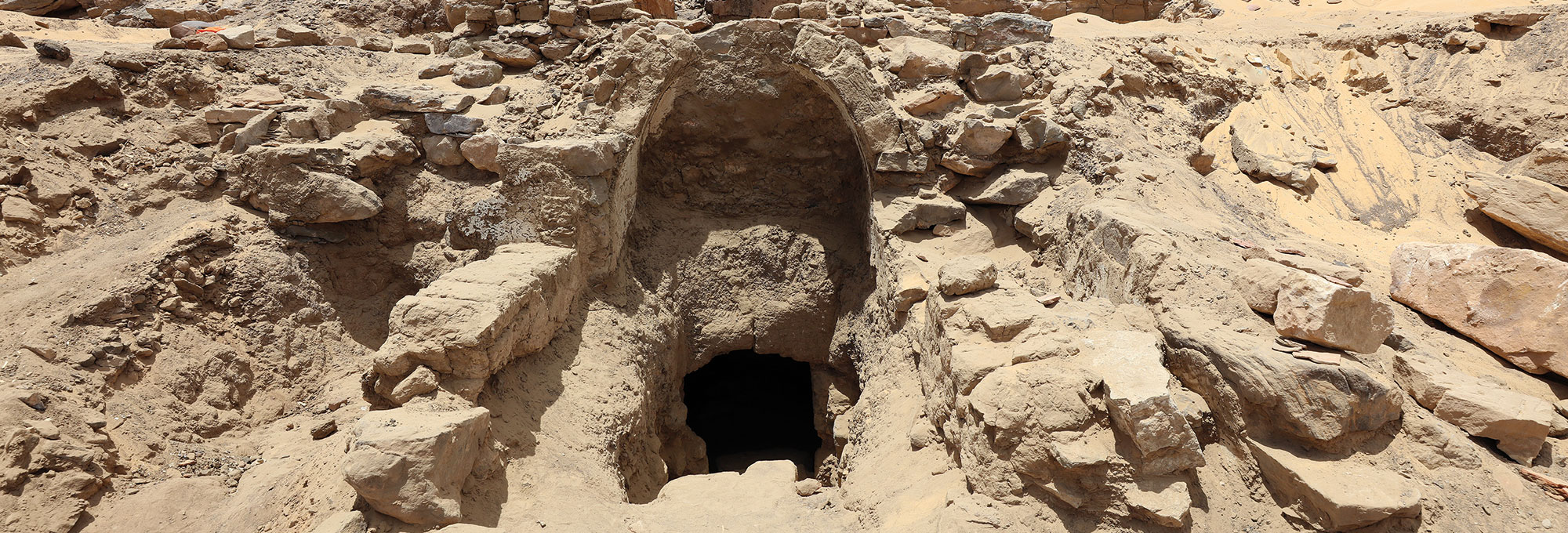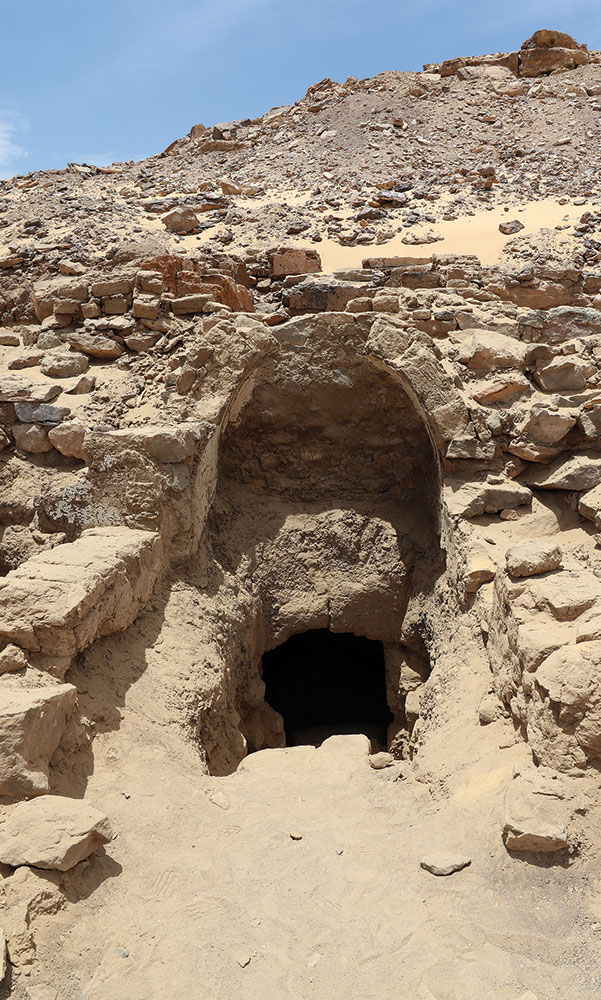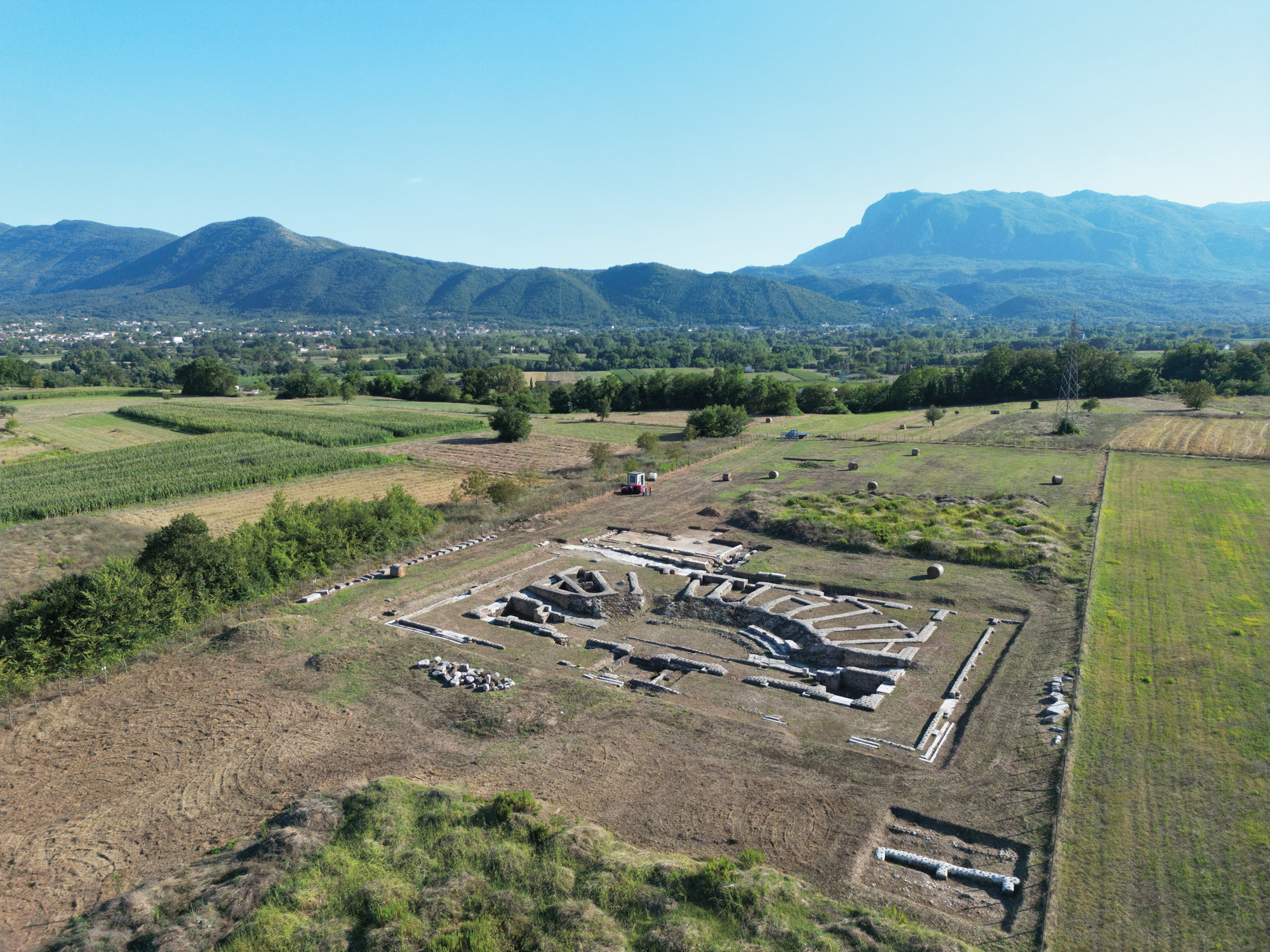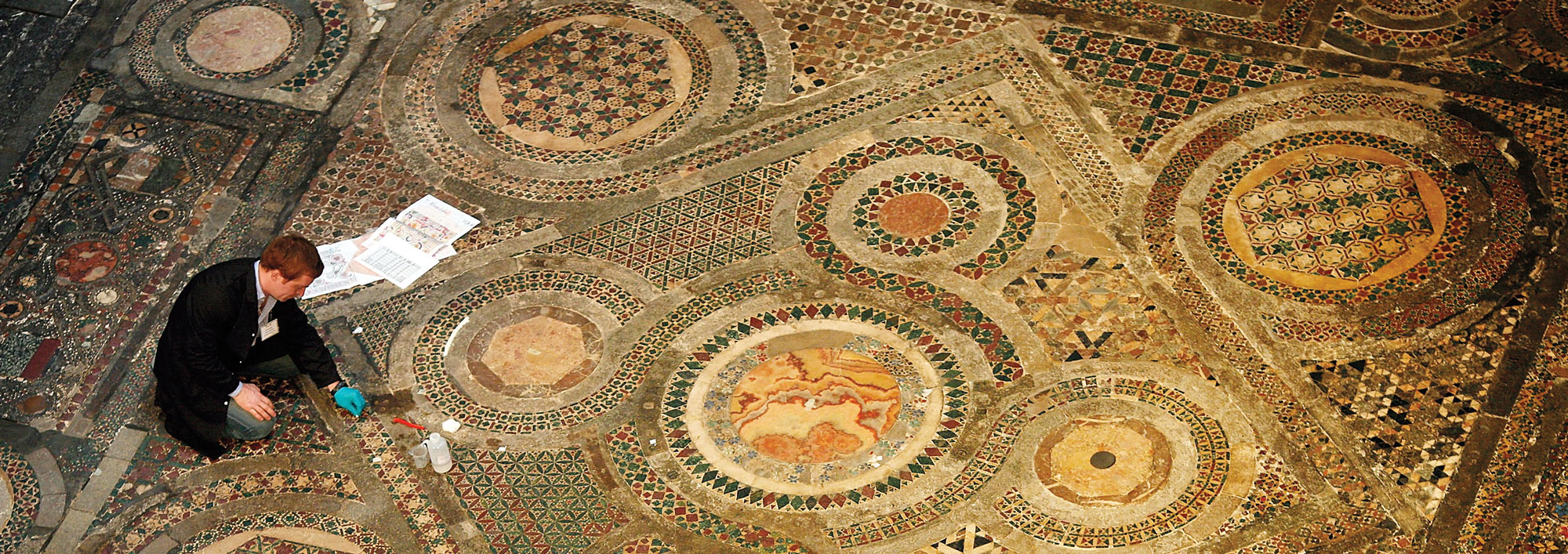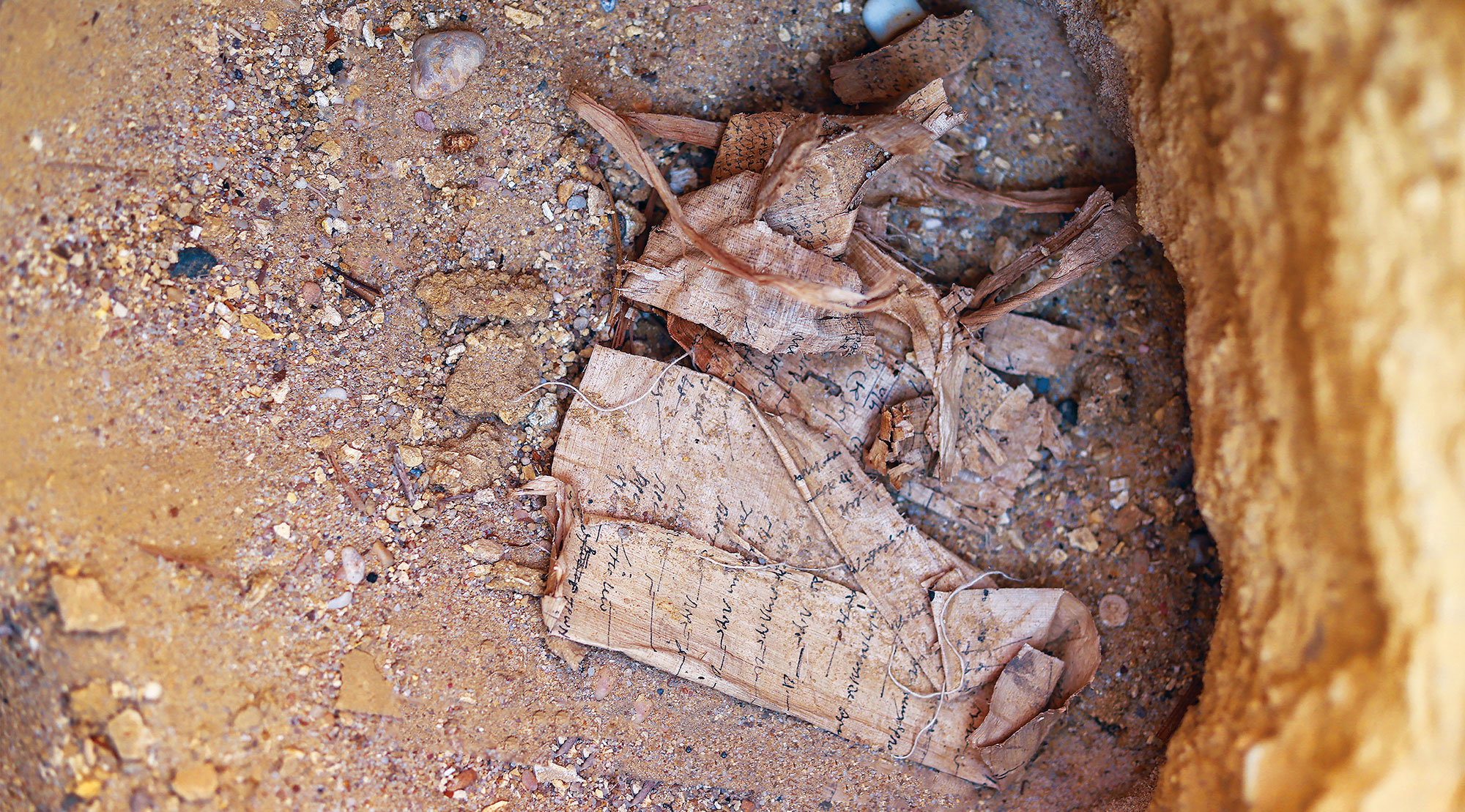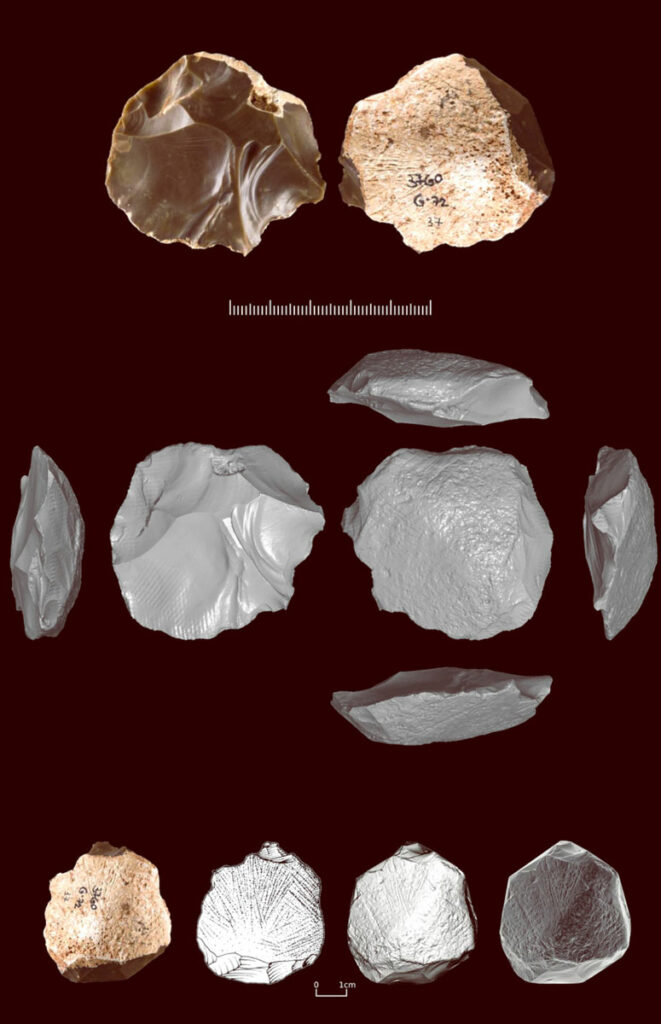
BEERSHEBA, ISRAEL—SciNews reports that a study of five engraved artifacts found in Manot Cave, Amud Cave, Qafzeh Cave, and the open-air site of Quneitra suggests that Middle Paleolithic hominins in the Levant may have made some of the marks deliberately. It had been previously thought that all of the marks were the result of incidental wear and tear on the objects. Study of the objects with high-resolution 3-D surface analysis, however, determined that the objects from Manot, Qafzeh, and Quneitra were engraved with geometric patterns aligned with their surface topography. The similarities in the patterns also suggest intentional, predetermined actions, the researchers suggest. The incisions on the artifacts from Amud Cave, meanwhile, were found to be shallow, without pattern, and consistent with tool use. “The methodology we employed not only highlights the intentional nature of these engravings but also provides for the first time a comparative framework for studying similar artifacts, enriching our understanding of Middle Paleolithic societies,” said João Marreiros of the Leibniz Research Institute and Museum for Archaeology, Johannes Gutenberg University, and the University of Algarve. Read the original scholarly article about this research in Archaeological and Anthropological Sciences. To read about the earliest known bone point made by a hominin individual, go to "The Bone Collector."


